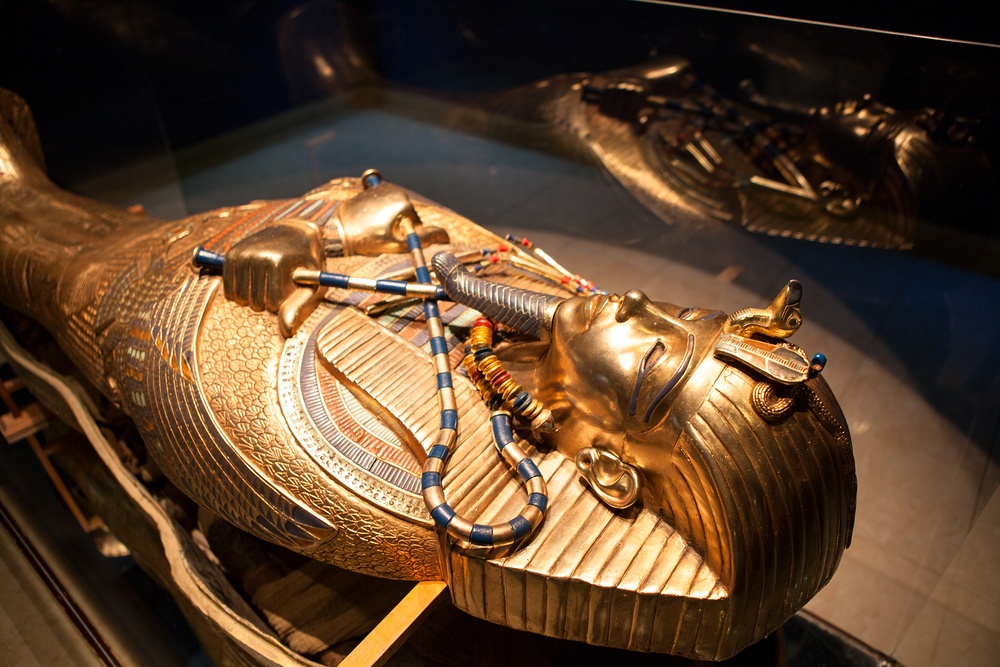Key Takeaways:
– Archaeologists discover an ancient bronze sword marked by Pharaoh Ramses II in Egypt.
– The sword was found at the ancient fort of Tell Al-Abqain, Beheira Governorate.
– The site also yielded personal items, pottery remnants, and a cow burial.
– The discovery further verifies Ramses II’s widespread influence throughout Egypt.
Egyptian archaeologists have made an impressive discovery earlier this month, unearthing a bronze sword marked by Pharaoh Ramses II, more popularly known as Ramses the Great. This information was released by Egypt’s Ministry of Culture and Tourism.
The Legendary Sword’s Resting Place
The archaeological treasure, a sword marked with the cartouche of the ancient Egyptian king, was found buried in an ancient military fort known as Tell Al-Abqain. It stayed undiscovered for over 3,000 years, nestled in the northeastern part of Egypt in the Beheira Governorate, south of Alexandria. The fort is believed to have been strategically situated to stave off potential Libyan tribes and Sea Peoples’ attacks.
Significant Historical Context
Historically, Ramses the Great held reign from 1279 B.C. to 1213 B.C., expanding Egypt’s territories as far as what’s known today as Syria to the east and Sudan to the south. Much evidence recently discovered by archaeologists points towards his extensive influence and wealth throughout Egypt. Notably, Ramses II was a prominent figure of the Nineteenth Dynasty.
Additional Archaeological Findings
Previous archaeological ventures yielded significant findings tied to this influential pharaoh. In 2017, a temple dedicated to Ramses II was found in the Badrashin area in Giza, while last year, archaeologists discovered 2,000 rams’ heads at the same temple, bearing testament to his long-felt impact. Further supporting his historical prominence, parts of his statue – the head and chest – were uncovered in the revered Temple of Kom Ombo.
Living Quarters and Supplies
The ancient military fort, where the decorated sword was discovered, surprisingly, was not just a military hub. According to Dr. Ahmed Saeed El-Kharadly, who spearheaded the archaeological expedition, the fort consisted of soldier quarters and housed warehouses for weapons, food, and supplies. Their excavations uncovered large pottery remnants containing fish and animal bones, cooking pots, and personal artifacts such as ivory, agate jars, and red and blue beads.
Among the other intriguing discoveries at the site, a cow was found buried in the barracks, a known symbol of power, abundance, and prosperity in ancient Egypt. Moreover, archaeologists found two limestone blocks, with one featuring a hieroglyphic inscription of King Ramses II.
This incredible discovery of the bronze sword, marked by Ramses II, offers a unique insight into the past and reaffirms his profound influence throughout ancient Egypt.

